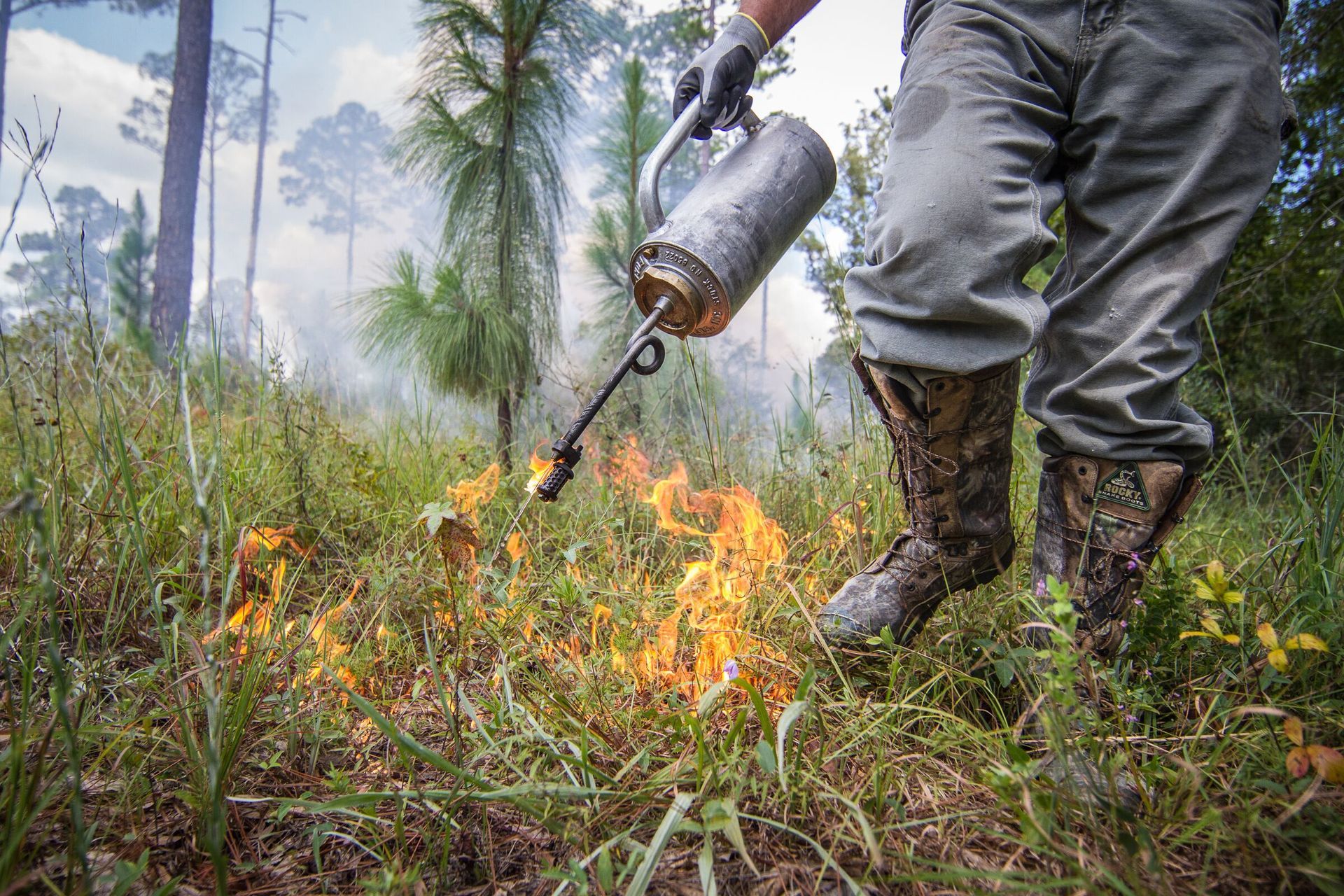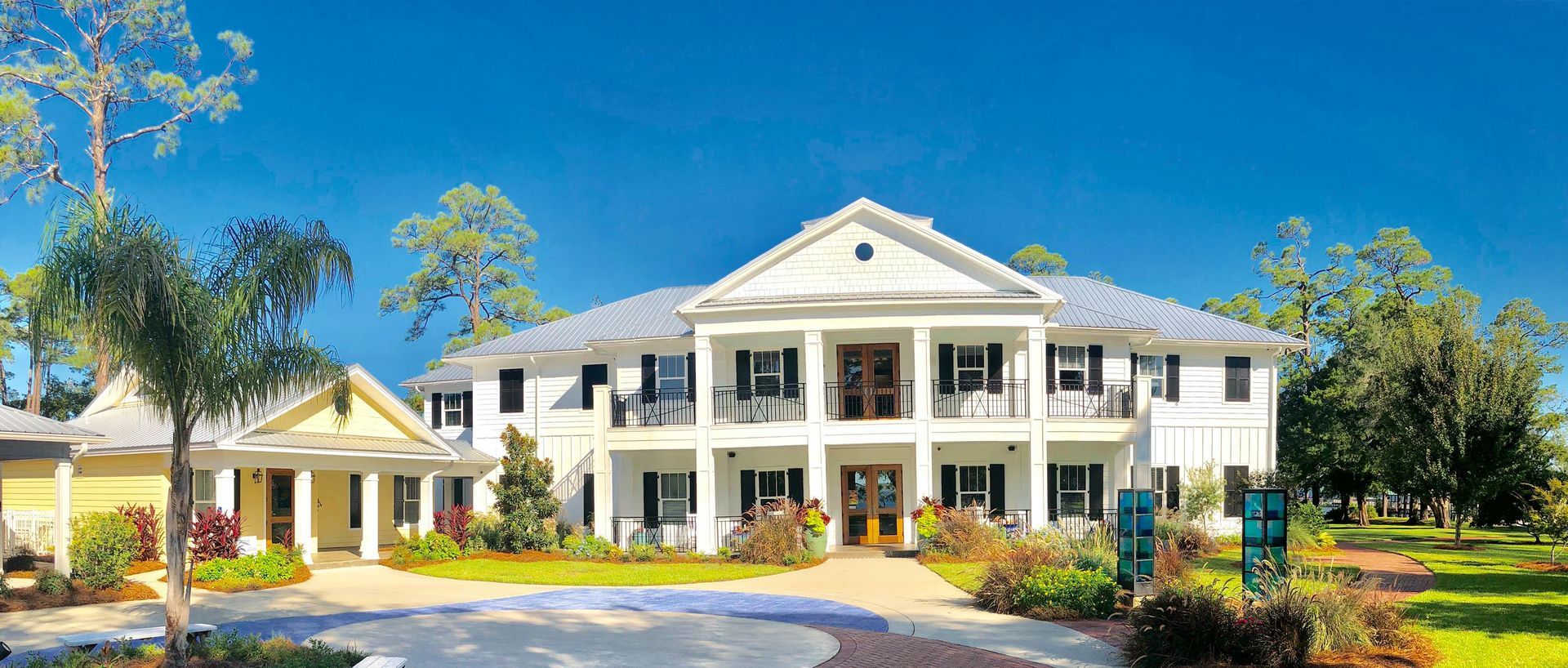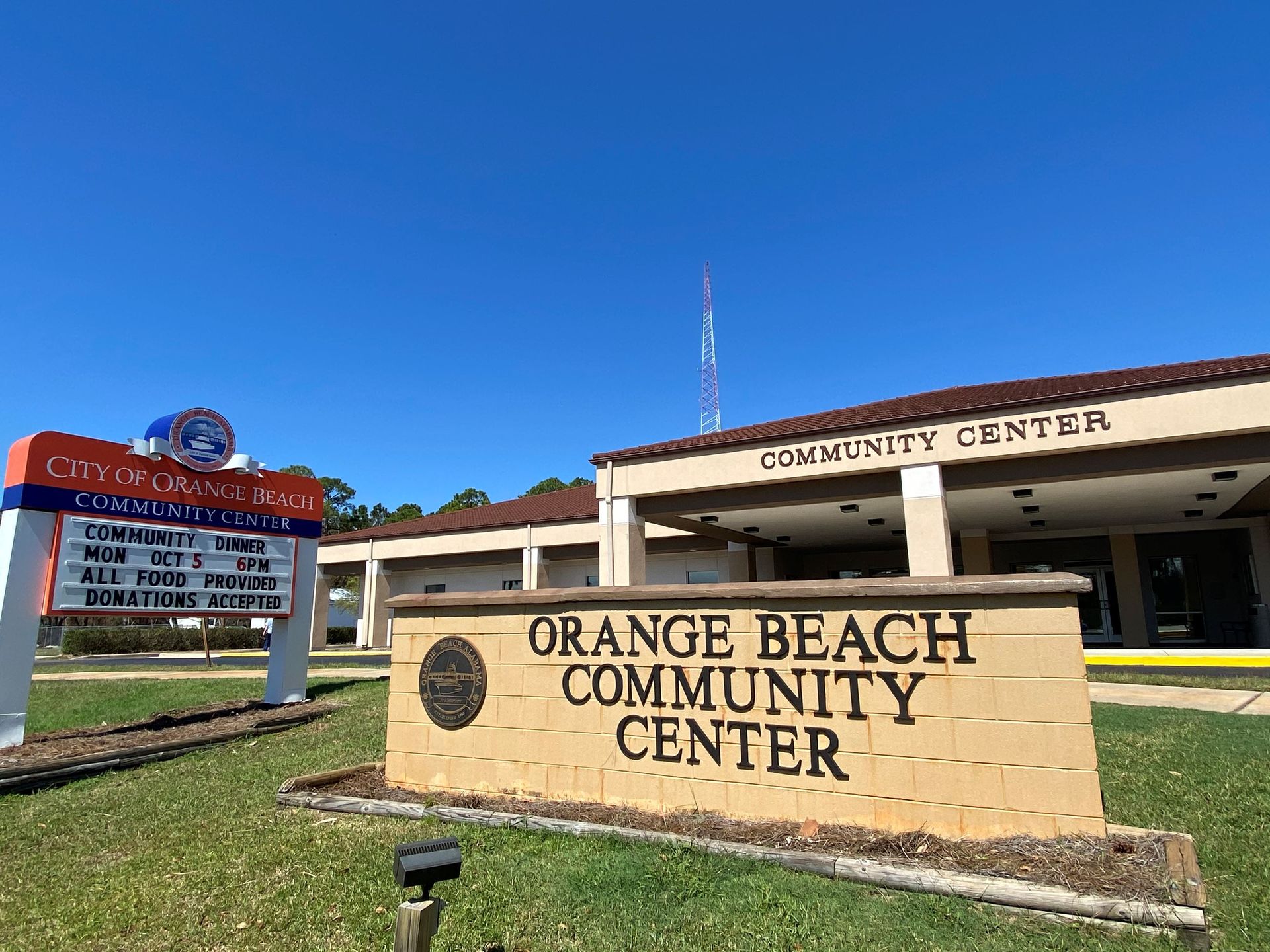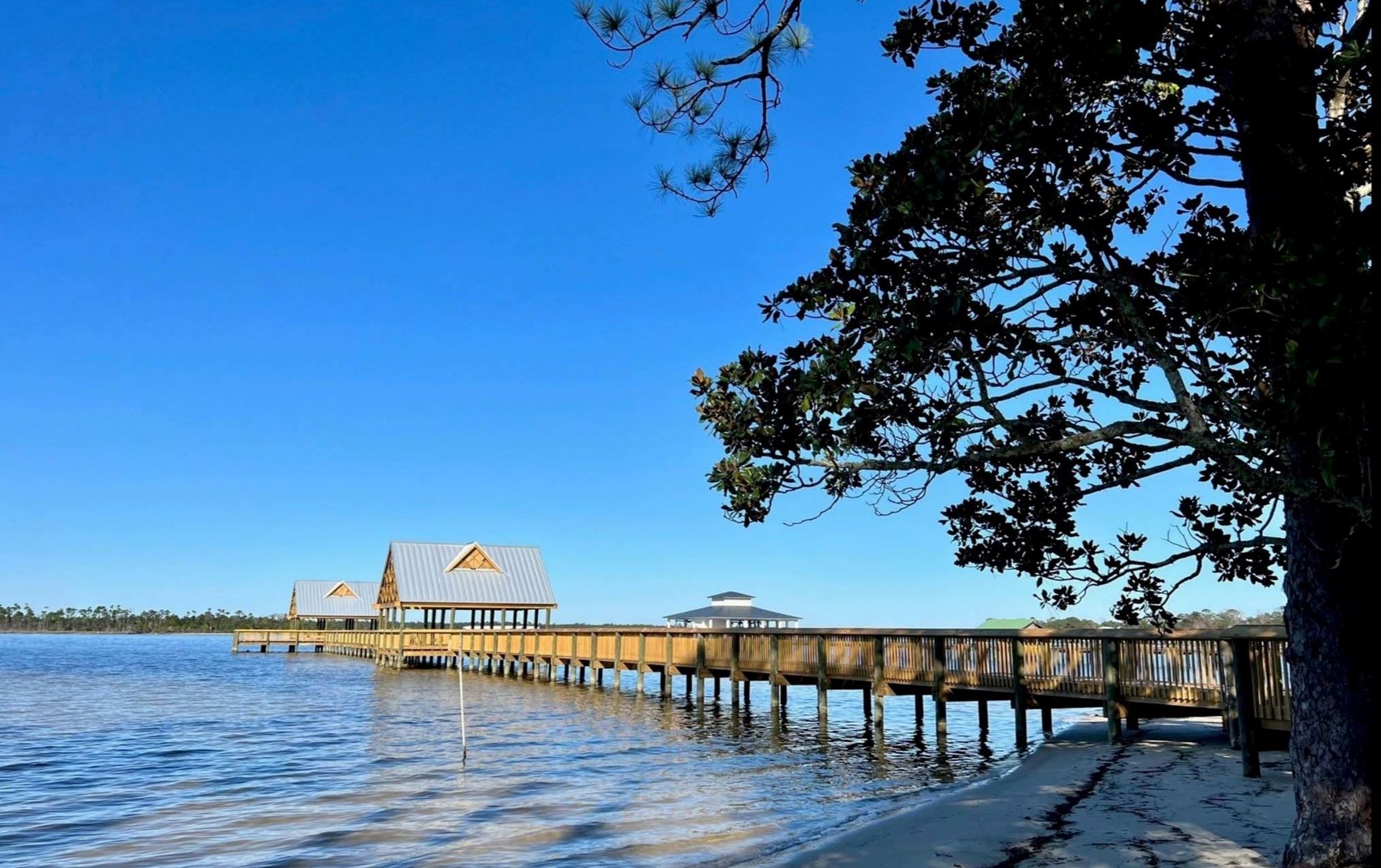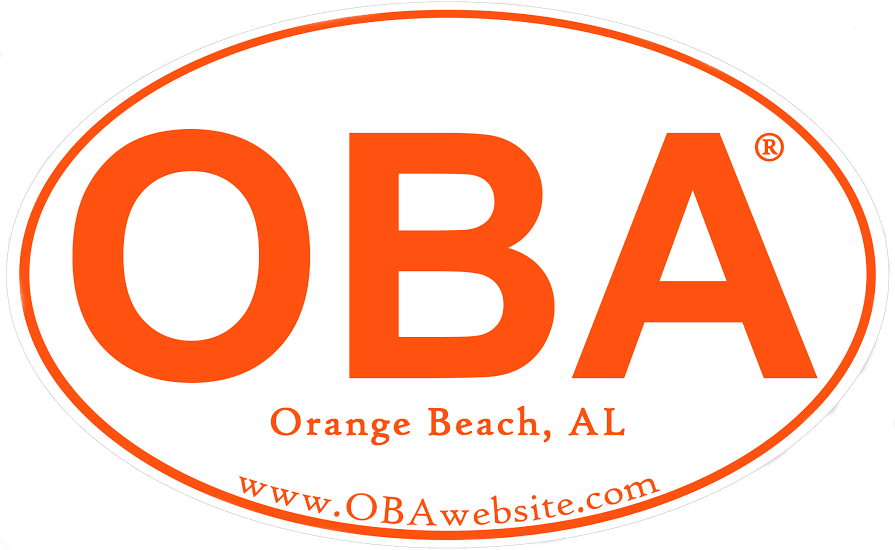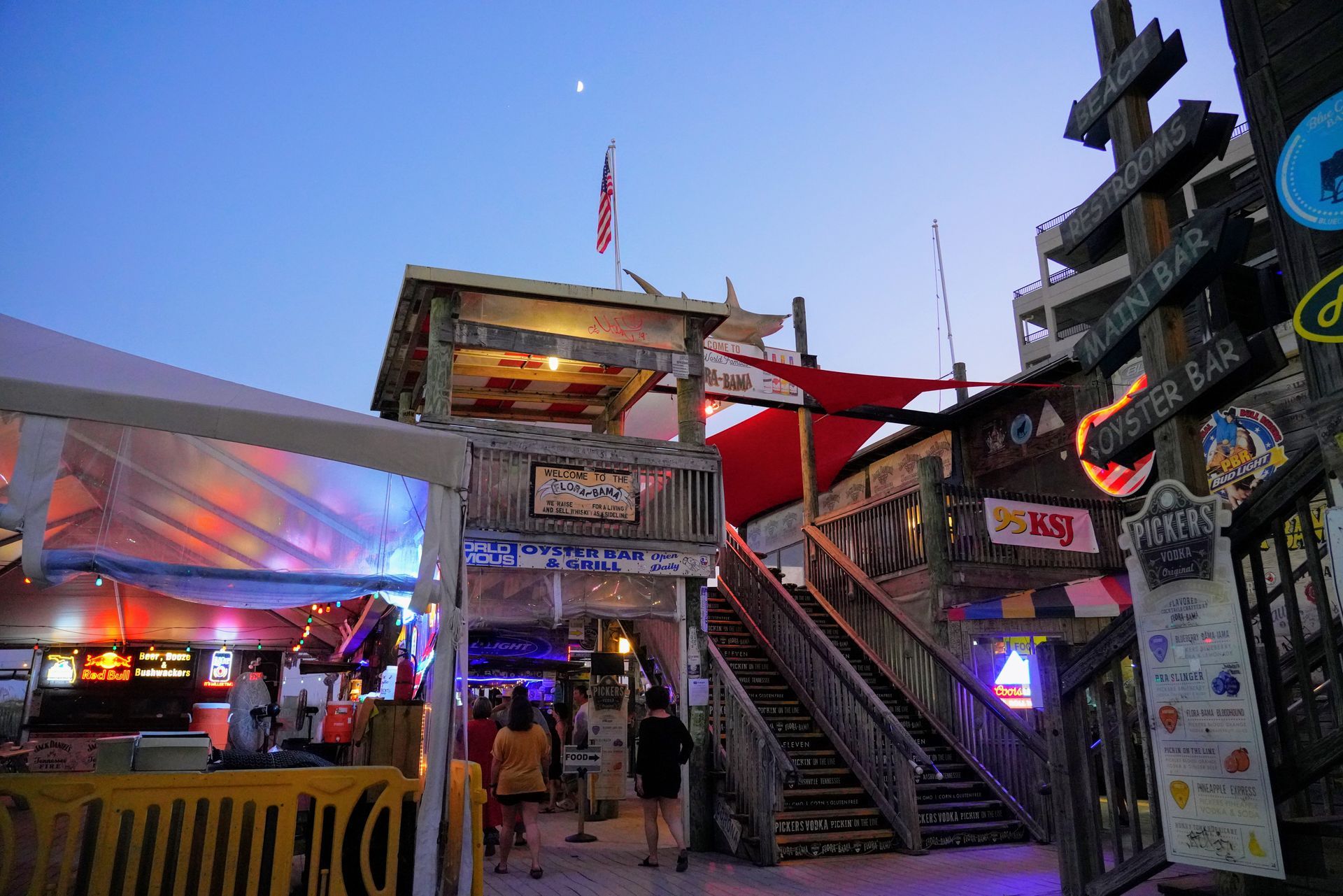Ivan and Sally Remind Gulf Coast Residents of Storms’ Lasting Power
Storm strength is not only in wind but in how long it lasts

Orange Beach, Ala. — (OBA) — Two major hurricanes, sixteen years apart, struck the Alabama Gulf Coast on the same date and left Orange Beach reeling in their aftermath. The first came when Hurricane Ivan roared ashore in 2004 on the Alabama Gulf Coast as a powerful Category 3 storm. With peak winds of around 120 miles per hour, Ivan pushed a historic storm surge into Baldwin County Alabama and Escambia County Florida and tore through wooden homes and businesses. Power lines, utilities, and coastal defenses all failed under the strain, leaving widespread destruction that would take years to repair.
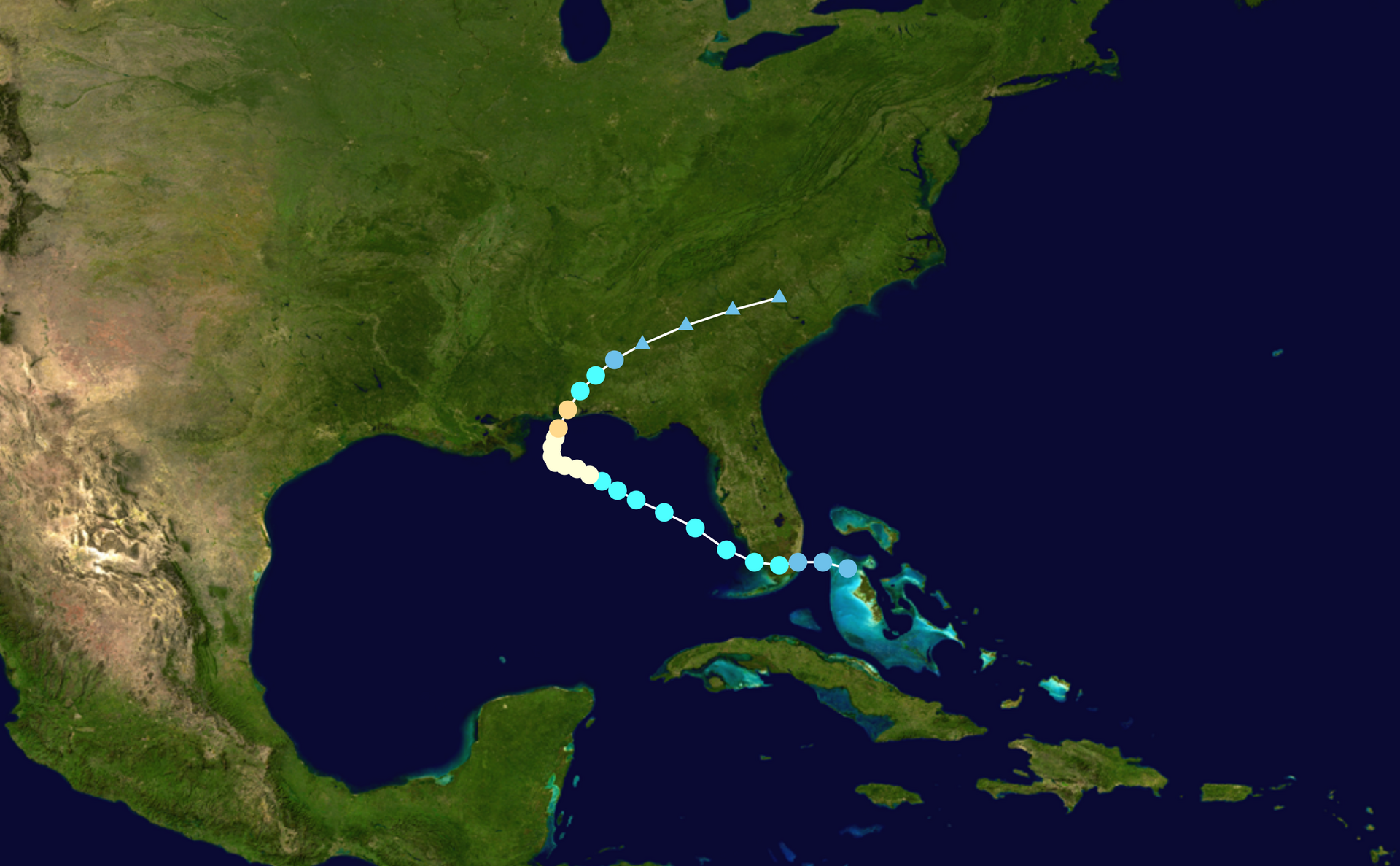
Sixteen years later, in 2020, Hurricane Sally followed a very different path but inflicted its own heavy toll. The storm reached land as a Category 2 hurricane, with sustained winds of about 105 miles per hour, but its slow pace proved more damaging than its wind speed alone. Rain poured down in sheets for hours, ultimately dropping close to 30 inches in some areas of Orange Beach and Gulf Shores. The flooding, combined with storm surge and battering winds, left neighborhoods swamped, trees toppled, and thousands without power.
Residents recall the two storms in different ways. Ivan struck hard and fast, delivering maximum destruction in a short window. Sally, on the other hand, lingered, drawing out the anxiety and compounding damage as the rain and wind refused to let up. Both left long recovery periods, and both altered the way people in Orange Beach think about hurricane season. The coincidence of their landfalls on the same calendar date still weighs heavily on the community, marking September 16 as a day of unease year after year.
What the two storms make clear is that a hurricane’s category doesn’t tell the whole story. A slower, weaker storm can be just as devastating as a stronger one if it stalls over the coast and dumps relentless rain. That reality has put new focus on how communities like Orange Beach prepare—whether by reinforcing dunes, strengthening building codes, or expanding flood protection. Emergency plans also need to look beyond immediate impact, accounting for extended power outages and days of high water.
For those who lived through both storms, the lesson is simple: survival depends not just on bracing for the hit but on being ready for what lingers after. Both of these storms serve as harsh reminders that a hurricane’s danger isn’t measured only in its category but in how it lingers, how water accumulates, and how much infrastructure is (or isn’t) prepared.
Share this article w/ Friends...


